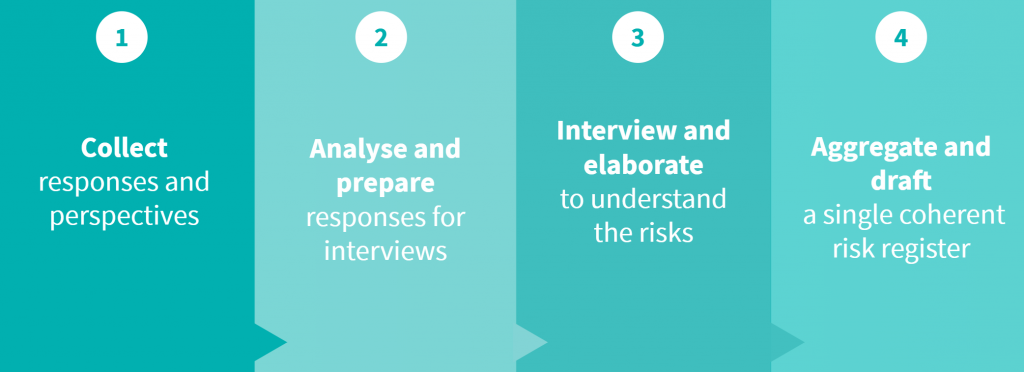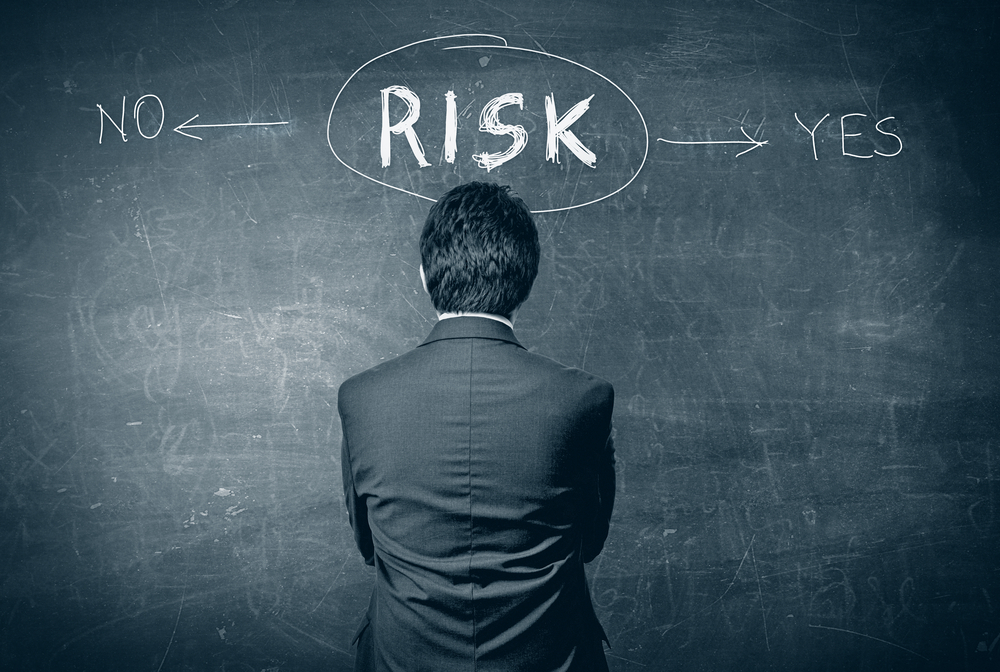
When making any decision, from deciding what to have for dinner to buying a house, it’s possible that many biases will come into play. For example, a previous deal for a house that fell through may well result in anxieties that it could happen again. Alternatively, the meal you made last week was so good you’re confident you can make it again without using the recipe. While not realising it, perceptions may be subject to certain types of biases that affect our everyday decision making. For risk and compliance managers, it is important to be aware of these biases, how they can affect risk identification and how to limit their role in clouding judgment.
Which biases affect risk management decisions?
When undertaking risk identification, assessments, or attending risk committee meetings, there is the potential that the biases influencing the outcome of those sessions mean that you are liable to arrive at your conclusions without considering alternatives. This could lead to the failure of identification of key risks. When identifying risks, several biases may come into play:
Confirmation bias
As a species we have evolved to care about what others think about us; this is at the root of unconscious bias. We want other people to approve of our views and opinions, and so we seek out others who will “confirm” our position. In the context of risk identification, we may only seek the views of people in our organisation who will tell us what we want or expect to hear. By doing this we may fail to capture the full range of risks facing the organisation.
Continue reading







